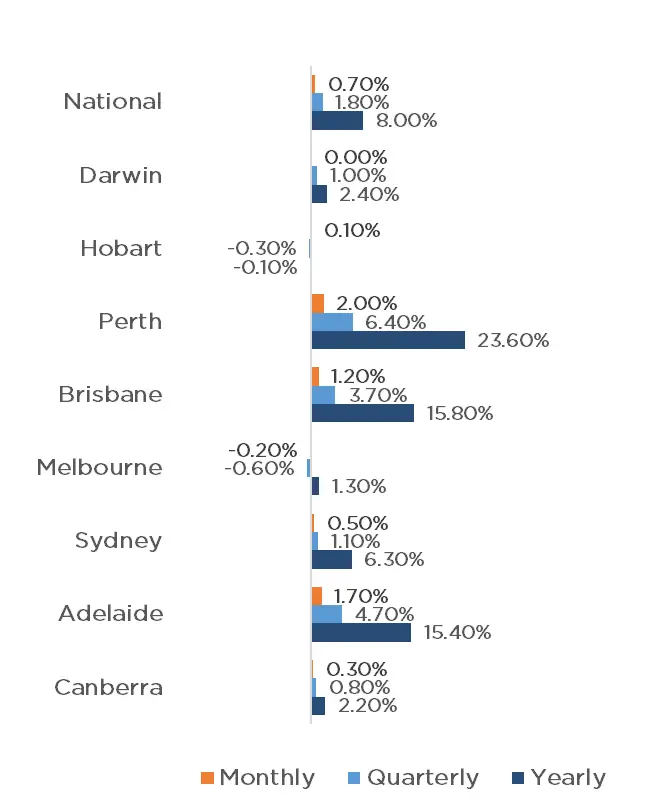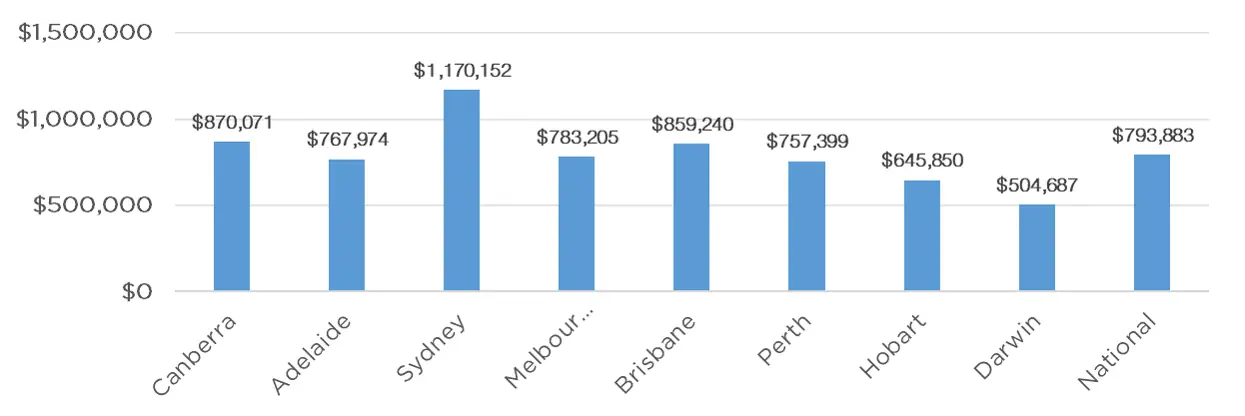"The land usage is arguably much greater for renewables and is often allocated in prime agricultural land," he says.
Potter notes that project approvals are a worldwide challenge and the ambitious targets set by the government are virtually impossible to meet.
"Other factors, such as sourcing the labour and materials, are also problematic. Australia has not constructed enough high transmission lines over the last few decades, making the ability to complete such projects on time and within budget highly unlikely."
Building materials
In this industry, which was called out by Tyndall at the end of last year, Potter compared its views on two category leaders: James Hardie (ASX: JHX) and Reliance (ASX: RWC).
"Both James Hardie and Reliance face macro challenges, particularly in the USA, as interest rates remain elevated and repair and remodel volumes drift back towards trend from their COVID-inflated peaks," Potter says.
"The single biggest driver for both stocks is falling rates, leading to increased building activity. While both are high-quality companies, Reliance is more skewed towards the less volatile repair segment and offers better value than James Hardie at this time. Our conviction and positioning in Reliance remains unchanged."
What about Aussie banks?
Potter points out that Australian banks have substantially outperformed the market over the past nine months and over the past quarter.
"The major bank P/E multiple has increased to approximately 16.9 times and is 100 basis points higher than it was at the beginning of the tightening cycle. Commonwealth Bank (ASX: CBA) remains arguably the most expensive commercial bank in the world and is now trading at a 58% premium to peers and a few standard deviations above its long-term average multiple," he says.
"ANZ Group (ASX: ANZ) and Westpac (ASX: WBC) remain around fair value based on our models, while National Australia Bank (ASX: NAB) is expensive."
"The current investment case on the banks is predicated around reasonable earnings certainty compared to market, with net interest margins stabilising and material bad debts unlikely without a recession. However, the price being paid for this is excessive and should de-rate over time."
"Peak productivity is behind us"
On Consumer Staples, Potter refers to several headwinds that have faced the sector, including government and competition inquiries and moderating food inflation.
Looking ahead in the second half, he believes steadier food pricing could lift volumes "as struggling consumers choose to cook more at home."
"We believe the peak negativity surrounding these issues is now behind us," he says.
"We are overweight consumer staples given its defensive earnings profile in an economy that may weaken further."
Healthcare v Insurers v Energy v Materials
Potter says the "stark underperformance of resources compared to banks warrants careful observation, given the underlying drivers."
"It is difficult to envisage the banks re-rating further given the recent share price performance with little growth in earnings. Resources have been adversely affected by poor macro conditions stemming from China, where its government is actively attempting to stimulate the economy. If successful, this could lead to a sharp reversal in the resources-banks trade, especially given the resource sector is currently trading at very low multiples."
On the insurance industry, he notes strong margins continued due to rising premiums and the uplift of investment income amid elevated interest rates. But these effects have been moderating.
"While we remain overweight the sector, we have been selectively taking profits," Potter says.
On Energy, the "risk premium" on oil and gas prices continues amid geopolitical uncertainty in the Middle East and Ukraine.
"Demand is supported by the glacial rollout of renewable power generation and slower-than-expected adoption of electric vehicles," Potter says.
"Australia's oil and gas sector is skewed to gas, which is vital for transitioning to net zero. The Australian government has finally recognised this inconvenient truth and appears constructive in developing and exploring for gas. As a result, The Tyndall Australian Share Wholesale fund is overweight energy."

















